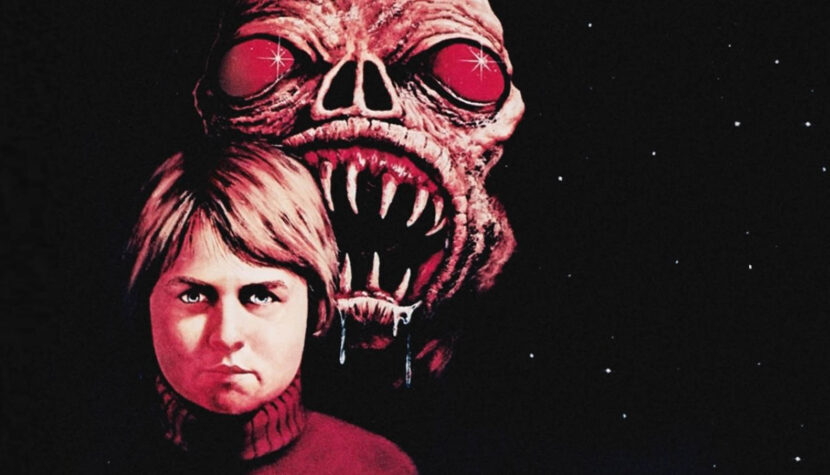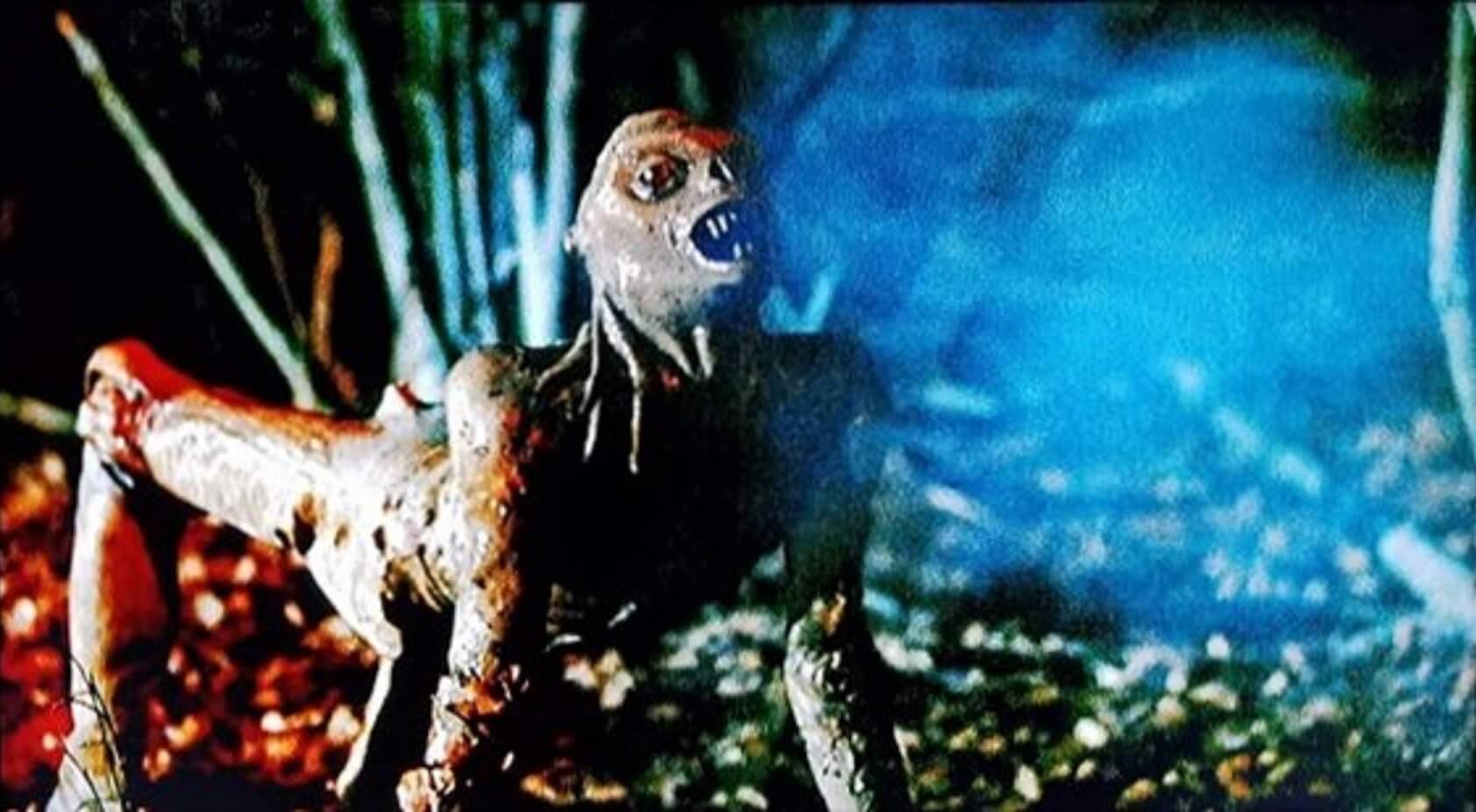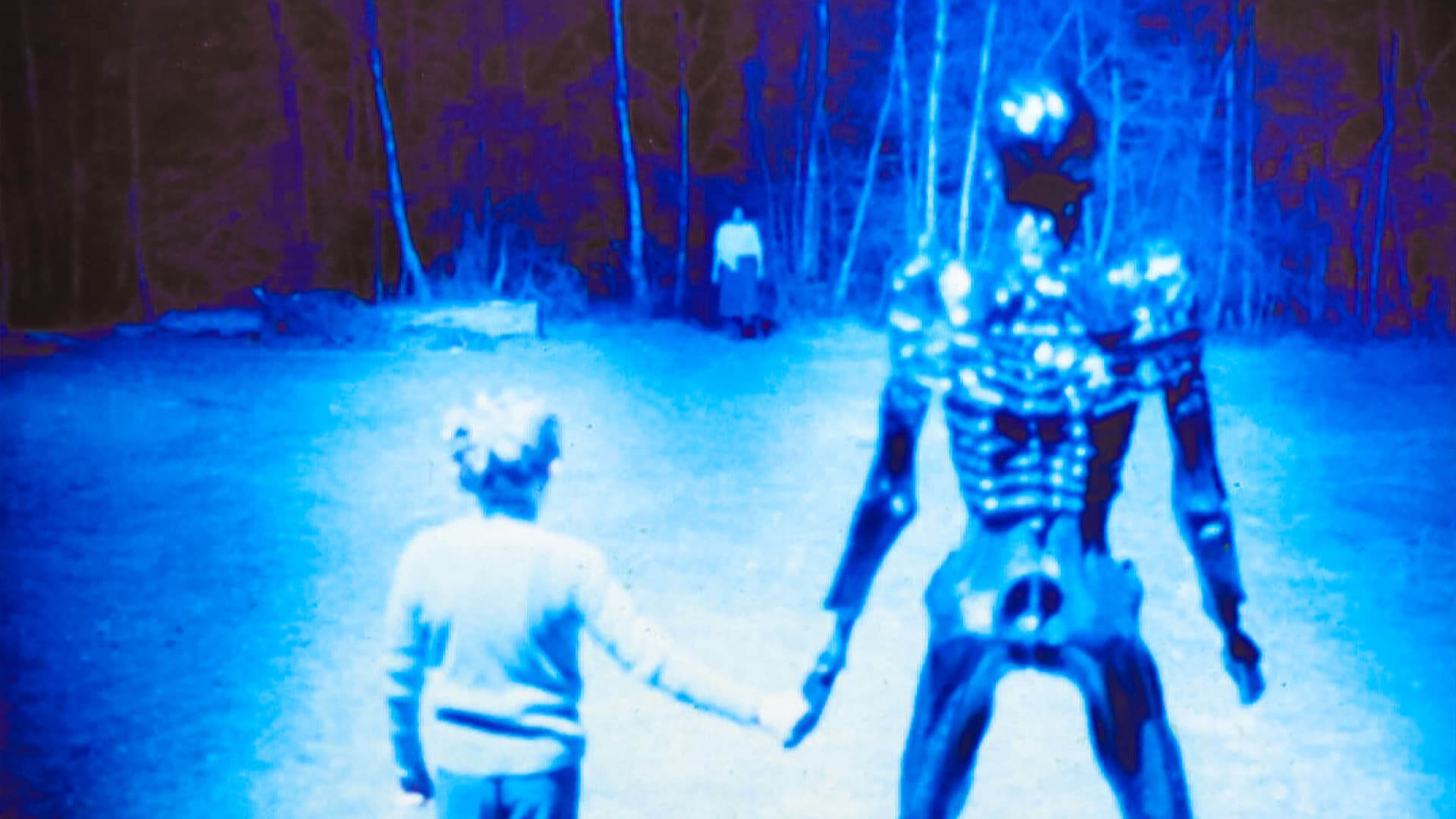XTRO. Science fiction horror without taboos

The creators were undoubtedly inspired to some extent by Alien, although they stumbled in technical aspects when creating the claustrophobic and oppressive atmosphere in the storyline. Director Harry Bromley Davenport returned to the Xtro theme two more times over the years. Technically, it turned out better due to the passage of time, but it lacked the horror that the first film possessed. Indeed, Xtro from 1982 is half science fiction and half horror, which is why it still holds up and should be considered a genre classic in European cinema, which has always operated in the shadow of its American counterpart when it comes to science fiction.

Let’s admit that in the early 1980s, Americans didn’t produce science fiction and horror films as frequently as we might think, which, from the perspective of today’s viewers, especially the younger ones, can be considered technically good. The differing opinions of older enthusiasts are certainly important at times, but not decisive because they won’t live forever, and the future of the genre and cinema, in general, depends on younger generations, not opinions that become outdated over time. However, when it comes to the visual quality of Xtro, I believe many generations will agree. This example of European cinema is not visually stunning, although I emphasize that it shouldn’t have had excessive complexes back in those days, considering the visual state of American science fiction cinema. What the Americans did better than the Europeans in the realm of science fiction and horror cinema is reaching a wide audience not only through high budgets but also through the ability to create atmosphere even in fairly mediocre scripts. Xtro is the opposite – the script is good, but it lacks the satisfying atmosphere that new generations of viewers expect, partly due to the low budget, but also due to the actors’ performances, the ill-conceived music composed by the director himself, and the somewhat unskilled, overly harsh editing. A fun fact is Maryam d’Abo, whose career developed after Xtro, eventually reaching a James Bond film (The Living Daylights). The other actors didn’t quite make it big in the commercial sense, although, for example, Bernice Stegers appeared on screen alongside truly famous artists. The same goes for Philip Sayer.

The film Xtro is associated with a legend, which we now know to be untrue, but the title has survived due to the social and religious prudery prevailing in the UK in the 1980s. It came close to being included in something akin to the “Video Nasty” list in the UK. Ultimately, it wasn’t listed, but it was confiscated during raids on video rental shops along with other titles on that list, such as Evil Dead, The Last House on the Left, or Eaten Alive. Why? Perhaps the nudity of Maryam d’Abo bothered some, or maybe the alien in the form of a demon or the way he expressed violence, partially through materializing images like a clown, a demonic black panther, or a shooting toy that turned into a small tank. In the history of cinema, there were far more controversial films that featured gratuitous violence. In the case of Xtro, the violence is justified by the plot, although the idea of bringing toys to life seems somewhat pretentious. Nevertheless, the director should be credited for trying to scare the audience using all available means, including a sufficiently long exposition, which often doesn’t happen in niche, underfunded productions. The process of alien reproduction is noteworthy, clearly reminiscent of the facehugger in Ridley Scott’s production. However, the creators didn’t resort to a crude copy but developed the story in their own unique way, focusing on the mental manipulation of objects, not just physical violence. The mouth remains the primary means of impregnation, but it’s worth noting that it’s not the only one—skin is also used, with the alien attaching itself to the skin to reach the bloodstream, transmit the seed, and trigger the rapid growth of new individuals, either as hosts producing eggs or after taking over an adult human being, which would eventually undergo a transformation into the adult form of the alien. Unfortunately, we don’t receive a precise explanation of the alien’s reproductive process or a description of its powers.

Watching Xtro, one gets the impression that contemporary horror cinema isn’t as bold today as it was in the 1980s. Just take a look at the birth scene of Sam or the sex scene involving Maryam d’Abo. There’s nothing hidden in them. They are natural as a result. They don’t create prudish taboos, the nature of which everyone knows anyway, but they prefer to behave hypocritically and pretend that it disgusts them or doesn’t arouse them. And this is the greatest value of Xtro, its visual directness in presentation, which often causes embarrassment for the more modest viewers.

